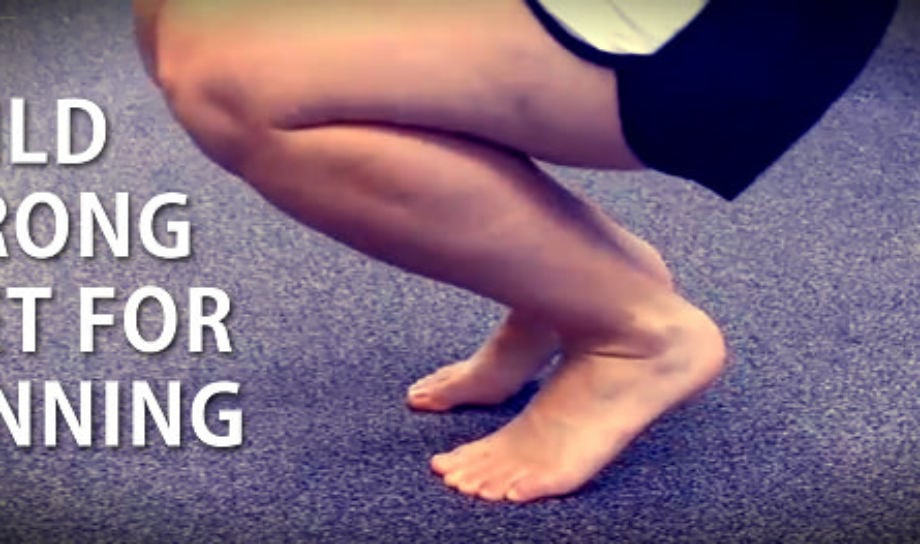Build Strong Feet For Running


As anybody who has ever trained for a marathon will tell you, running is hard on your feet!
Of course, there are elements of your running technique you can work on to develop a certain lightness on your feet. But when it really comes down to it, running is a high impact sport. Naturally, as the point of contact with the ground, your feet take the full force of this impact!
There are however some measures you can take to develop increased strength and resilience for your feet – helping you to become a stronger runner, from the ground upwards.
Dr Marybeth Crane, a board certified podiatric foot and ankle surgeon, marathon runner and Ironman triathlete, in Grapevine, Texas has put released the video below to provide us with some great ideas for exercises we as runners can do to build the strength in our feet.
The simple A-Z warm-up shown in Dr Crane’s video is brilliant for those with generally stiff ankles and feet. I sometimes get runners to do this before their run sessions as well, not just before specific foot and ankle rehab / injury prevention workouts.
The towel scrunch exercise is great for challenging the small and often forgotten about intrinsic muscles of the foot, such as the lumbricals of the foot, dorsal and plantar interossei. It’s definitely easier to perform these most effectively on a shiny surface like a tiled or woorden floor!
Certain running injuries such as shin splints can be caused by muscular imbalances between anterior and posterior muscles of the lower leg. This heel walking exercise targets and strengthens the tibialis anterior muscle of the lower leg (often weak), not only helping to address such muscular imbalances, but also acting to improve the support for the structure of the foot through movement – an important role of Tib.Ant.
This particular exercise was introduced to me by a coach who uses the Vivobarefoot coaching methodology to help runners transition safely to barefoot running. It certainly adds a challenge for the foot and it’s stabiliser muscles to support you in the bottom position of the exercise. I’d also add though that holding yourself in the bottom position is a real test of balance and proprioception for the whole lower body!
Be cautious with this one if you have a history of knee pain.
These exercises using a theraband (or similar resistance band) is a long-standing mainstay of foot and ankle rehab. Using the band to add resistance to the movement of turning the foot inwards (inverting) is great for strengthening muscles such as Abductor Hallucis and Tibialis Posterior. Adding resistance to the turning out (everting) movement of the foot acts to strengthen the peroneal (fibularis) muscles on the outside of the lower leg.
I’m always shocked when I see how fundamentally poor many runners are at simply standing on one leg with control. Our sport relies on our ability to essentially hop from one leg to the other!
Simply by balancing on one leg when you make toast, brush your teeth, wait by the copy machine… you’ll be training your body to better control it self in 3D space while being supported on one leg. As per the video – if this gets too easy, challenge yourself further by shifting your weight to your forefoot as you balance.
Stretching is of course important. You will need a certain mange of motion at the ankle and foot to be able to function properly as a runner. In my experience though, it seems like more runners lack strength and stability around the foot and ankle, than those how truly lack range of motion!
Give some of the above exercises a try!





